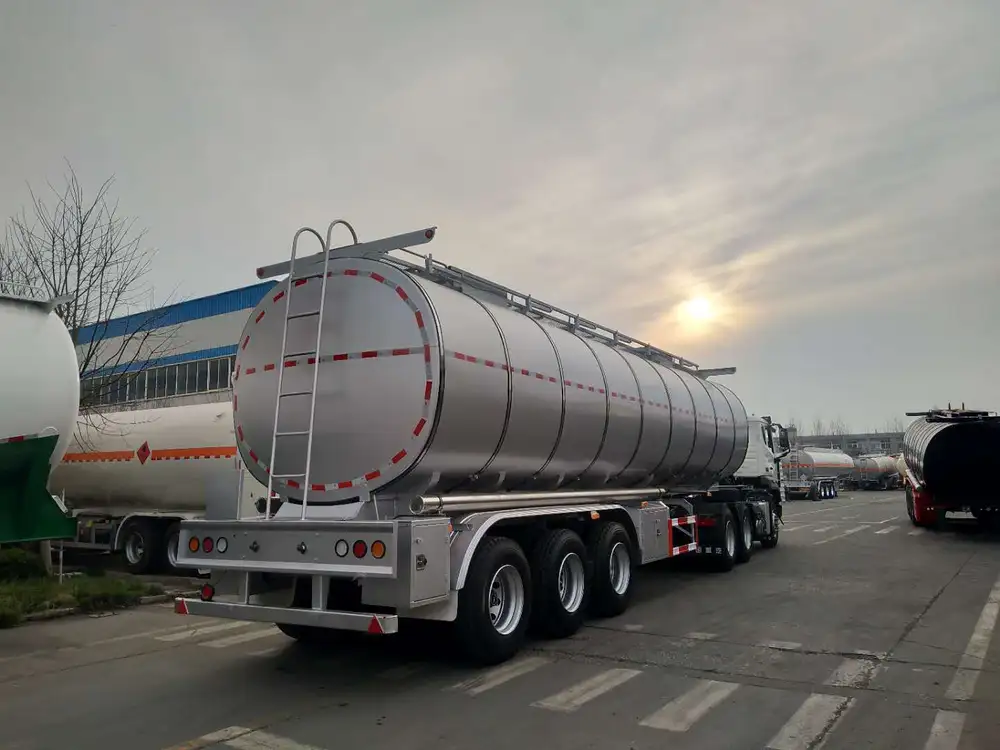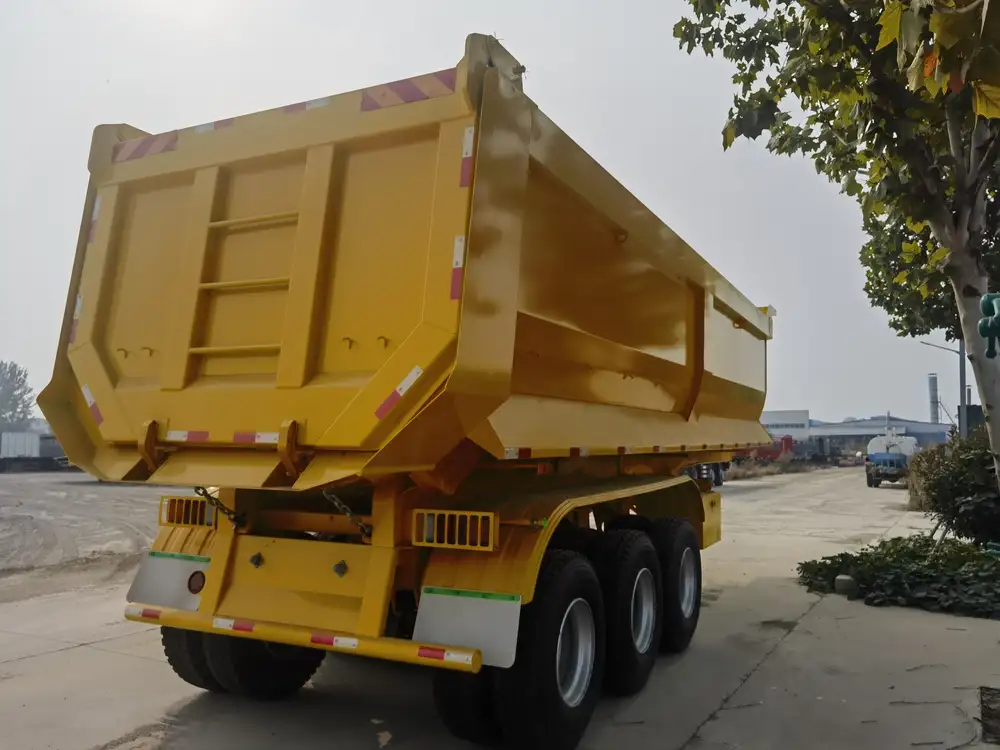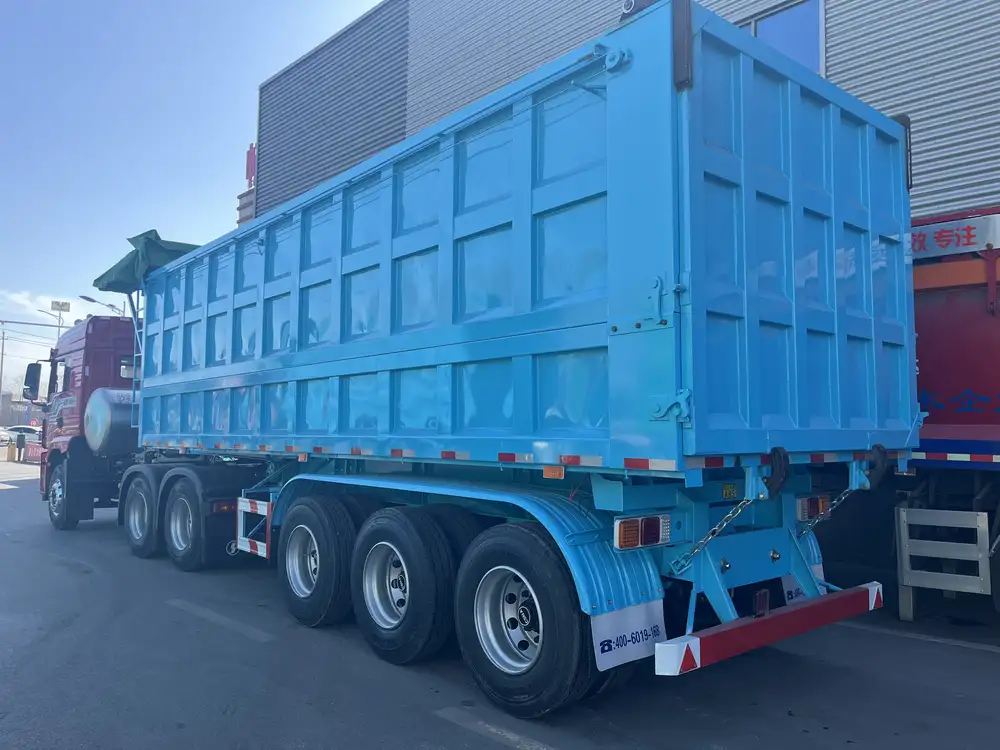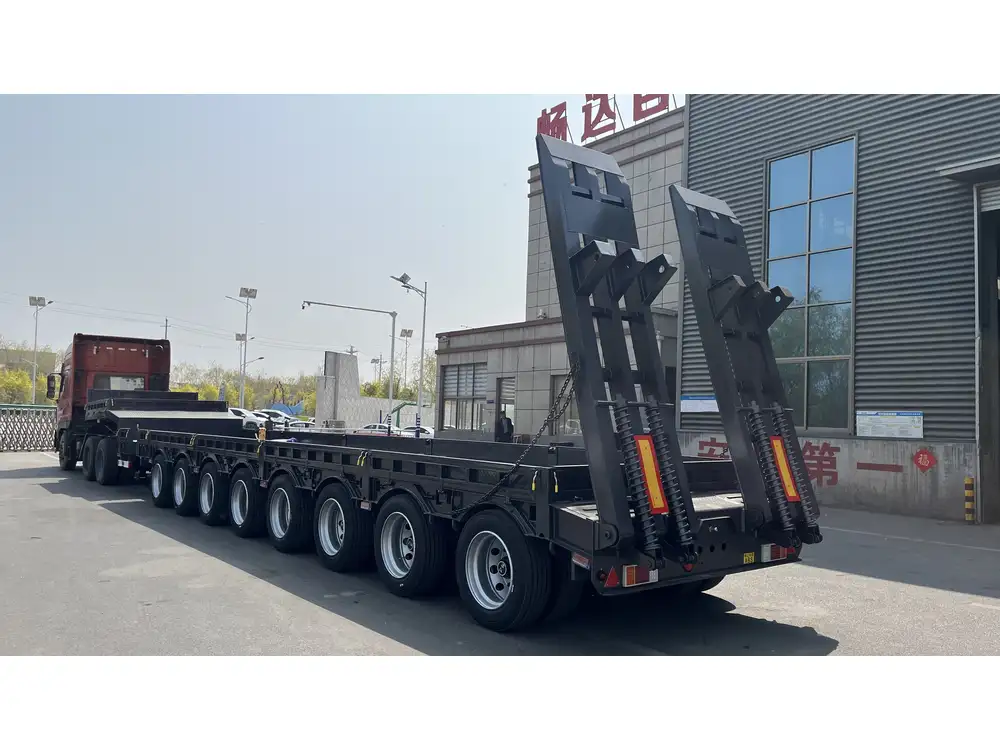Loading cattle onto a semi-trailer can be a daunting task, especially when it involves making sure everything is safe, efficient, and animal-friendly. Building the right cattle pens is crucial to optimizing this process. This guide dissects the essential components, materials, and practices required to create cattle pens specifically designed for loading semi-trailers while ensuring both efficacy and the welfare of the cattle involved.
Understanding the Necessity of Proper Cattle Pens
What Makes Cattle Loading Efficient?
Efficient cattle loading not only reduces stress for animals but also minimizes loading times and potential injuries. The design of loading pens must facilitate a smooth transition from pasture or corral to the trailer.

Key Factors in Loading Efficiency
- Space Management: Adequate pen size allows for better movement and positioning of cattle.
- Angle of Approach: A gradual incline onto the trailer helps reduce anxiety in cattle.
- Flow Design: A well-planned layout increases efficiency, allowing for a seamless movement from loading to transportation.
Step-by-Step Guide to Building Cattle Pens
Step 1: Planning Your Design
Creating effective cattle pens begins with a sound design. Here are some critical elements to factor in:

A. Site Selection:
Choose a location that allows easy access to both the cattle area and the loading zone. Ensure the ground is stable and free of hazards.
B. Design Layout:
Utilize a flowchart to visualize cattle movement:
- Entry Point: Where cattle will enter the loading area.
- Pathways: Clear paths that lead to the trailer without obstructions.
- Exit Strategy: Ensure there is a plan for handling the flow of cattle post-loading.
| Design Element | Description |
|---|---|
| Entry Gate | Wide enough to prevent crowding. |
| Loading Ramp | Gradually sloped for easy access. |
| Holding Pen | Adequate space for temporary holding of cattle. |
Step 2: Choosing Appropriate Materials
Different materials provide varying levels of durability and functionality. Here’s an analysis of popular options:
| Material | Pros | Cons |
|---|---|---|
| Wood | Natural look, good for smaller operations. | Can rot with weather exposure. |
| Pipe Fencing | Durable and low maintenance. | May be costly and require welding skills. |
| Panels | Versatile and easy to set up. | Can be less stable in high winds. |
Select the material that aligns with your budget, local climate, and the size of your operation.

Step 3: Building the Structure
A. Creating the Frame
Post Installation:
- Dig holes about 3 feet deep for strong stability.
- Install corner posts first, ensuring they are secure and straight.
Adding Crossbars:
- Install horizontal crossbars at intervals of no more than 8 feet to maintain structural integrity.
B. Constructing Loading Ramps
- Design: Ensure the ramp is at a gentle incline (~20 degrees) to facilitate easy loading.
- Surface: Use non-slip materials to prevent accidents during loading.

Step 4: Establishing the Loading Area
A. Gate Features
- Maintain double gates at the entrance to control entry and exit efficiently. Ensure gates are easy to operate, even when handling multiple cattle.
B. Signage and Indicators
- Use clear signage to indicate loading zones, safety areas, and emergency procedures. This will streamline the loading process and enhance safety for both the animals and workers.

Step 5: Implementing Animal Welfare Practices
A. Reducing Stress During Loading
- Calm Environment: Implement quiet handling techniques to avoid startling cattle.
- Spacing and Movement: Allow adequate space and time for cattle to move without pressure.
B. Use of Equipment
- Consider using chutes, guards, and other handling tools to guide cattle without causing harm.

Safety Considerations
A. Regular Inspections
- Periodically inspect the structural integrity of pens and ramps to prevent dangerous situations due to wear and tear.
B. Emergency Procedures
- Establish a protocol in the event of stress or injury during loading. This should include the availability of veterinary assistance.

Example Layout of a Cattle Loading Pen
Cattle Loading Pen Layout:
| **Components** | **Description** |
|------------------------|---------------------------------------------|
| **Holding Pen** | Sufficient space before loading begins. |
| **Loading Ramp** | Gentle slope leading to the semi-trailer. |
| **Gate System** | Double gate for controlled entry. |
| **Chute** | Directs cattle into the trailer efficiently.|
### Best Practices for Loading Cattle
1. **Timing Your Operations**: Choose times with cooler temperatures, ideally early morning or late evening to keep stress levels low in cattle.
2. **Training Operators**: Ensure that personnel who handle loading are well trained in animal behavior and handling techniques.
### Common Pitfalls to Avoid
| **Pitfall** | **Impact** |
|---------------------------------|-------------------------|
| Insufficient space for cattle | Increased stress and chaos |
| Lack of rigorous safety inspections | Higher risk of accidents |
| Poorly designed ramps | Risk of injury for cattle |
Avoiding these pitfalls not only enhances the experience for the cattle but contributes to smoother operations.
### Conclusion
Building cattle pens for loading semi-trailers is an intricate process that directly impacts the efficiency and safety of cattle transportation. By following a structured approach that emphasizes design, material selection, and animal welfare, you can create a system that meets your operational needs while reducing stress for the livestock involved.
For those considering this task, investing time in planning and execution pays dividends in operational efficiency and animal health. Adopting industry best practices, securing quality materials, and practicing humane handling will not only enhance your productivity but also build a reputation for responsible livestock management. Whether it's your first loading operation or an upgrade to existing facilities, these tips provide a solid foundation to start on the right path.


